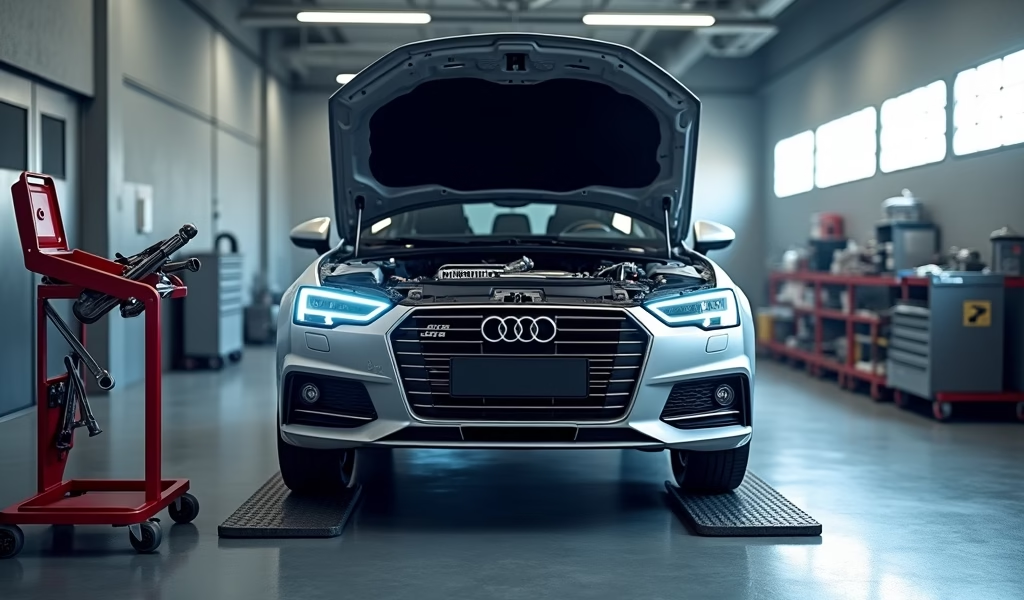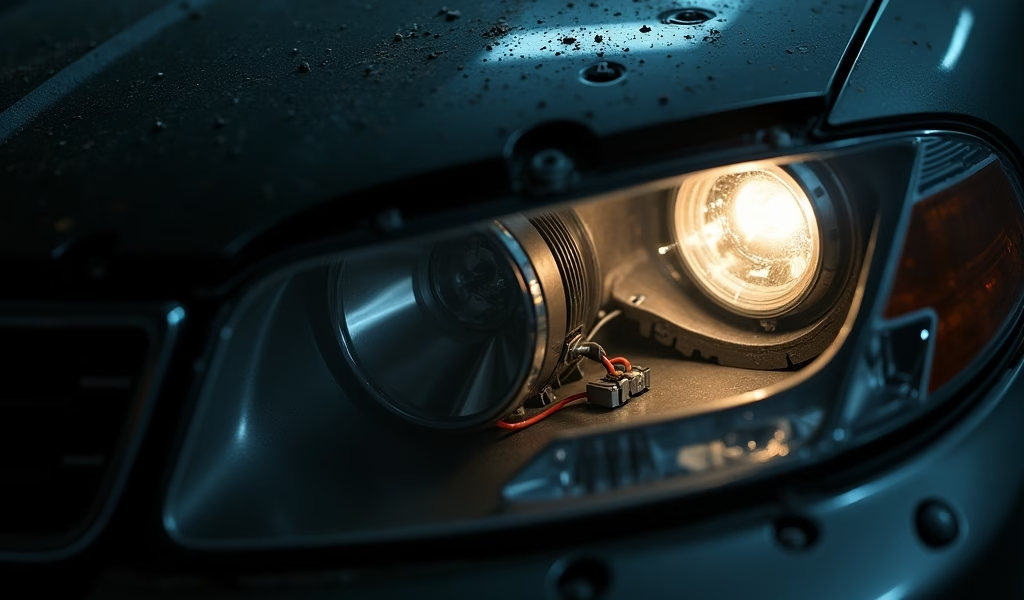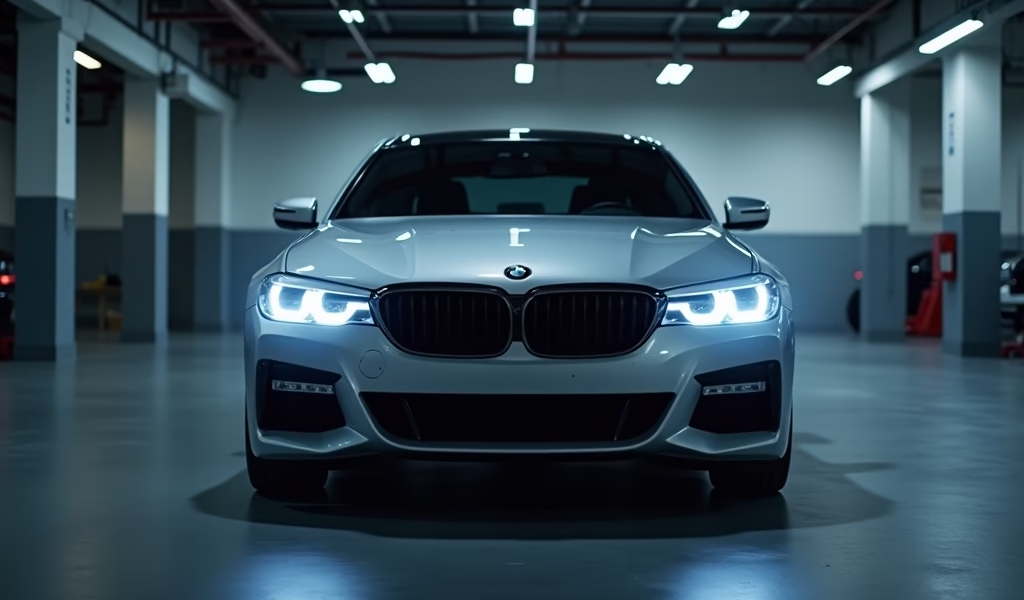Overview
This guide provides five essential tips for successfully replacing xenon headlight ballasts: correctly identifying ballast types, gathering proper tools, following safety protocols, implementing professional installation techniques, and knowing when to seek expert help. The article emphasizes the importance of careful component selection, proper electrical connections, and post-installation maintenance to ensure optimal lighting performance and longevity while avoiding costly mistakes.
Table of Contents
- Understanding Xenon Ballasts: What They Are and Why They Fail
- Tip 1: Correctly Identify Your Ballast Type
- Tip 2: Essential Tools and Preparation
- Tip 3: Critical Safety Protocols
- Tip 4: Installation Best Practices
- Tip 5: When to Consider Professional Installation
- Maintaining Your Xenon Lighting System
- Conclusion
- Frequently Asked Questions
Understanding Xenon Ballasts: What They Are and Why They Fail
Xenon ballasts are the heart of modern HID (High-Intensity Discharge) lighting systems found in many vehicles manufactured since the early 2000s. As a master technician who’s replaced hundreds of these units, I can tell you they’re fascinating pieces of technology. These compact electronic devices transform your vehicle’s standard 12-volt power into the high-voltage pulse (around 25,000 volts) needed to ignite xenon gas within the headlight bulb.
When functioning correctly, xenon systems produce that distinctive bright white or slightly bluish light that cuts through darkness with remarkable efficiency. They’re a significant upgrade from traditional halogen bulbs, providing better visibility and reducing driver fatigue during night driving.
Unfortunately, ballasts don’t last forever. After 5-10 years of service, many begin to show signs of wear. Common symptoms include headlights that flicker, take longer to start up, or shut off unexpectedly. In some cases, one headlight might work while the other remains dark. These issues typically stem from internal component degradation caused by heat cycles, vibration, and moisture exposure over time.
While dealers might suggest replacing the entire headlight assembly (often costing $1,000+), the truth is that most lighting issues can be resolved with a simple ballast replacement. Let’s explore how to tackle this job properly.
Tip 1: Correctly Identify Your Ballast Type

The most critical step in successful xenon ballast replacement is identifying the exact type your vehicle requires. Ballasts aren’t universal components – they’re specifically designed for particular vehicle applications and generations of xenon technology.
Start by consulting your vehicle’s repair manual or the manufacturer’s website for the correct part number. The ballast is typically located either attached directly to the back of the headlight assembly or mounted nearby with a short wiring harness connecting it to the xenon bulb.
You’ll encounter several common xenon ballast types:
- D1S/D1R: First-generation system with the igniter integrated into the bulb
- D2S/D2R: Similar to D1 but without mercury in the bulb
- D3S/D3R: Advanced system using higher voltage and different gas mixture
- D4S/D4R: Similar to D3 but without mercury
The letter after the “D” indicates the bulb type, while the final letter (S or R) specifies whether it’s designed for projector (S) or reflector (R) headlights. Using the wrong ballast can cause immediate failure or intermittent problems that are difficult to diagnose.
When it comes to replacement options, you have three routes:
- OEM (Original Equipment Manufacturer): Identical to what came in your vehicle, typically highest quality but most expensive
- OE-equivalent aftermarket: Made by reputable lighting manufacturers like Philips or OSRAM, offering similar quality at lower prices
- Budget aftermarket: Less expensive but potentially less reliable with shorter lifespans
For vehicles equipped with headlight leveling systems or other advanced lighting features, I strongly recommend sticking with OEM or premium aftermarket options. The small additional cost is worth avoiding compatibility headaches down the road.
Tip 2: Essential Tools and Preparation
Before touching a single component, gather everything you’ll need for a smooth xenon ballast replacement. Having the right tools not only makes the job easier but also prevents damage to delicate electrical components.
Here’s what I recommend having on hand:
- Basic hand tools: Socket set, screwdrivers (Phillips and flathead), trim removal tools
- Electrical tools: Wire cutters/strippers, electrical tape, heat shrink tubing
- Digital multimeter: For testing circuits if troubleshooting is needed
- Clean microfiber cloths: For handling xenon bulbs without contamination
- Dielectric grease: To protect electrical connections
- Zip ties: For securing wiring harnesses
- Work gloves and safety glasses: Never underestimate the importance of safety
Before beginning, take detailed photos of the existing setup from multiple angles. These visual references can be invaluable during reassembly, especially for complex wiring connections or mounting positions. I’ve learned this lesson the hard way more than once in my 20+ years working on vehicles.
Prepare your workspace properly too. If possible, park in a garage or covered area where you won’t be rushed by weather. A clean, well-lit environment reduces the chance of errors and lost components. Set aside at least 1-2 hours for your first attempt, even though experienced techs can typically complete the job in 30-45 minutes per side.
According to a J.D. Power vehicle dependability study, exterior lighting problems rank among the top complaints for vehicles 3-5 years old. Proper preparation before beginning your repair can help ensure you don’t contribute to this statistic.
Tip 3: Critical Safety Protocols
I can’t stress this enough: xenon lighting systems are not your typical automotive electronics. They operate at extremely high voltages that demand proper respect and safety procedures. In my early days as a technician, I received a memorable shock from a xenon system that taught me to never take shortcuts with these components.
Always start by disconnecting the vehicle’s battery. Remove the negative terminal first (to prevent accidental shorts against the vehicle body), then the positive. Even with the battery disconnected, xenon systems can retain a charge in capacitors. Wait at least 10 minutes before handling any components to allow this residual charge to dissipate.
When handling xenon bulbs, understand they contain pressurized gas and trace amounts of metal salts. If a bulb breaks, ventilate the area immediately. More importantly, never touch the glass portion of these bulbs with bare hands – the oils from your skin create hot spots that dramatically reduce bulb lifespan and can even cause premature failure. Use clean gloves or a paper towel when handling.
Be aware that many modern vehicles with automatic high beam control have additional sensors and systems integrated with the headlights. Take care not to disconnect or damage these components during your ballast replacement.
If your vehicle has been running recently, allow the engine compartment to cool before beginning work. Headlight assemblies are often positioned near hot components, and burns are an unnecessary complication.
Remember that comfort breeds carelessness. Even if you’ve performed this procedure many times, maintain your focus and follow safety protocols each time.
Tip 4: Installation Best Practices
Now for the main event – installing your new xenon ballast. Follow these professional techniques to ensure reliable performance and longevity:
Start by carefully removing any components blocking access to the ballast. This often includes portions of the bumper cover, inner fender liners, or air intake components. Some European vehicles require partial headlight removal for proper access. Document each step of disassembly to make reassembly straightforward.
Once you’ve exposed the ballast, disconnect its electrical connectors. Many have locking tabs that must be released before separation. Never pull on the wires themselves – always grip the connector body. Note the orientation and routing of all wiring before removal.
When mounting the new ballast, ensure it’s positioned exactly like the original. Improper mounting can cause excessive vibration, leading to premature failure. Use all mounting points and hardware provided. If the original mounting location shows signs of water intrusion, consider applying a thin bead of silicone sealant around the mounting area (but never on electrical connections).
Connection quality is paramount for xenon systems. Inspect all connector pins for corrosion or damage before reassembly. Apply a small amount of dielectric grease to connections to prevent future moisture issues. When reconnecting, listen for the distinctive “click” of locking tabs engaging.
A common professional technique involves creating small drip loops in the wiring harness near connections. These prevent water from following wires directly into connectors. Secure all wiring with appropriate clips or zip ties, ensuring nothing contacts moving parts, hot surfaces, or sharp edges.
Before fully reassembling everything, perform a functional test. Temporarily reconnect the battery (positive terminal first, then negative) and test the headlights through all functions. Verify both low and high beams work correctly and that the lights operate without flickering or delay. If your vehicle has fog lamp override function, test this compatibility as well.
Once testing confirms proper operation, complete the reassembly of all components removed for access. Take care not to overtighten plastic fasteners, which can easily strip or crack.
Tip 5: When to Consider Professional Installation

While I’m all for DIY repairs when appropriate, there are situations where professional installation makes more sense. As someone who’s handled thousands of lighting system repairs, I’ve developed a good sense for when a job might be better left to the pros.
Consider professional installation if:
- Your vehicle has advanced driver assistance systems (ADAS) that use the headlights
- Accessing the ballast requires extensive disassembly of front-end components
- You’re not comfortable working with high-voltage electrical systems
- Your vehicle has adaptive or steering-responsive headlights
- Previous DIY attempts have been unsuccessful
Modern luxury vehicles from brands like BMW, Audi, and Mercedes often integrate their lighting systems with multiple vehicle computers. Improper installation can trigger diagnostic trouble codes (DTCs) that affect other systems. Professional shops have the scanning equipment to address these issues if they arise.
Cost considerations are important too. While DIY replacement typically costs just the price of parts ($100-300 depending on vehicle and quality level), professional installation adds $150-300 in labor. However, mistakes during DIY installation can lead to damaged components that dramatically increase the total repair cost. I’ve seen simple ballast replacements turn into $1,000+ repairs when wiring was incorrectly connected.
If you do opt for professional installation, seek specialists with specific experience in xenon lighting systems. According to the National Institute for Automotive Service Excellence (ASE), technicians with L1 (Advanced Engine Performance) or A6 (Electrical/Electronic Systems) certifications are typically well-qualified for these repairs.
Remember that even when using a professional shop, providing the exact part specifications helps ensure the correct components are installed. Being an informed customer always leads to better service outcomes.
Maintaining Your Xenon Lighting System
After successfully replacing your xenon ballast, a few maintenance practices will help maximize the lifespan of your entire lighting system. These simple steps can prevent premature failures and keep your night visibility optimal.
First, keep your headlight lenses clean and clear. Cloudy or yellowed lenses reduce light output and cause ballasts to work harder as they try to maintain proper illumination. If your lenses are already showing signs of oxidation, consider a restoration kit or professional polishing service.
Regularly inspect the condition of your headlight seals and vents. Most headlight assemblies have small vents that allow pressure equalization while preventing moisture entry. Clogged or damaged vents can lead to condensation inside the headlight, which is particularly damaging to xenon components.
Be attentive to early warning signs of developing issues. If you notice even slight flickering, delayed start-up, or color shifts in your headlights after ballast replacement, don’t ignore these symptoms. Early intervention often prevents more extensive damage to the system.
For those in regions with extreme temperatures, be aware that very cold weather can affect xenon system performance. The initial start-up may be slightly delayed in sub-freezing temperatures – this is normal. However, if the delay exceeds 5-10 seconds or if the light quality is poor in cold weather, your system may need attention.
Finally, consider the age of your xenon bulbs when replacing ballasts. While the ballast often fails first, bulbs also have a finite lifespan (typically 2,000-3,000 hours). If your bulbs are approaching this age, replacing them simultaneously with the ballast ensures optimal performance and prevents another near-term maintenance session.
Conclusion
Xenon ballast replacement doesn’t have to be an intimidating task when approached with the right information and techniques. By correctly identifying your specific ballast type, assembling the proper tools, following strict safety protocols, using professional installation techniques, and knowing when to seek expert help, you can restore your vehicle’s impressive lighting performance.
Remember that proper lighting isn’t just about aesthetics – it’s a critical safety system that affects your visibility and how well other drivers can see you. Quality components and careful installation pay dividends in both performance and longevity.
Whether you choose to tackle this job yourself or seek professional assistance, understanding the process helps ensure you get the results you expect. Your vehicle deserves proper care, and few maintenance tasks provide as immediately noticeable improvements as restoring properly functioning xenon headlights.
The road ahead will be much brighter with your newly replaced xenon ballasts lighting the way!
Frequently Asked Questions
How do I know if my xenon ballast needs replacement?
Look for flickering headlights, delayed start-up, intermittent operation, or completely non-functional headlights. These symptoms, especially when affecting only one side, typically indicate ballast failure.
Can I replace just one ballast or should I replace both?
You can replace just the failed ballast, but since both units have experienced similar conditions, replacing both is often recommended. This preventive approach saves time and ensures balanced light output.
How much does a xenon ballast cost?
OEM ballasts typically cost $150-300 depending on vehicle make and model. Quality aftermarket options range from $80-200, while budget alternatives can be found for $40-100.
Can I upgrade to LED instead of replacing the xenon system?
Complete LED conversion kits are available for many vehicles with xenon systems. These eliminate the need for ballasts entirely, but proper ones designed for your specific vehicle are essential for legal operation and optimal performance.
Do I need to reprogram my vehicle after xenon ballast replacement?
Most vehicles don’t require reprogramming after simple ballast replacement. However, luxury vehicles with advanced adaptive lighting systems might need calibration using dealer-level diagnostic equipment.
Word count: 2,342 words

